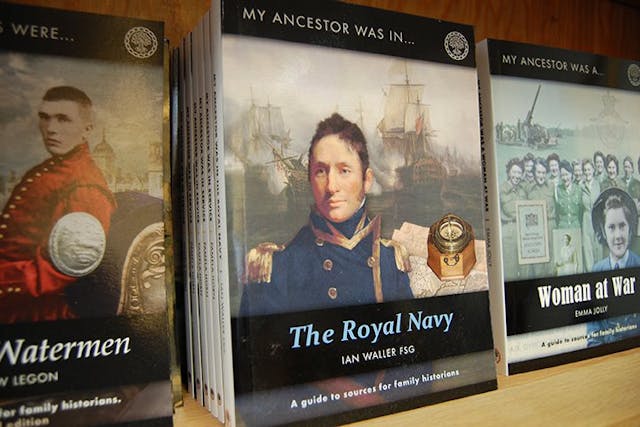
SoG Publications
As a Gold Member, you can download and read over 30 eBook versions of SoG publications, including many from the popular 'My Ancestor Was…' series.
How to access your eBooks
Your eBook will download in epub format as soon as you click the download button. To view these on a PC, you need to install Adobe Digital.
Once downloaded, you can move the eBooks over to eReader devices or view them using eReader applications. For full details, please see this informative WikiHow page.
Additional format options, such as Mobi, are coming soon! For further help, please email membership or call us on (020) 7251 8799
Your eBooks
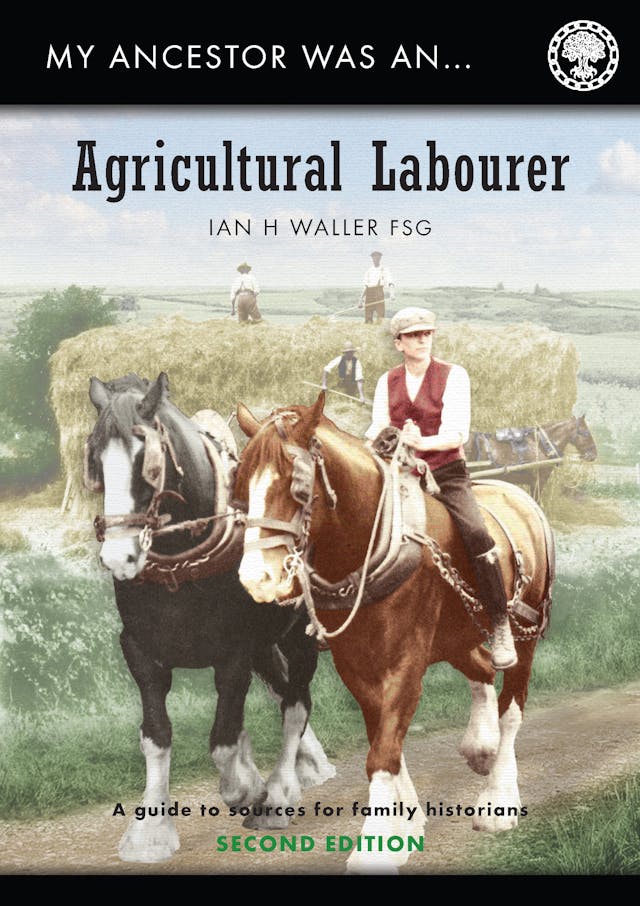
My Ancestor was an Agricultural Labourer
When Queen Victoria came to the throne in 1837, over half her subjects were reliant on agriculture for their livelihoods, despite the Industrial revolution making Britain one of the most prominent industrial societies in the world. It is unsurprising, then, that most of us have an ag lab somewhere in our family tree. But how can we learn more about them and the lives that they led?
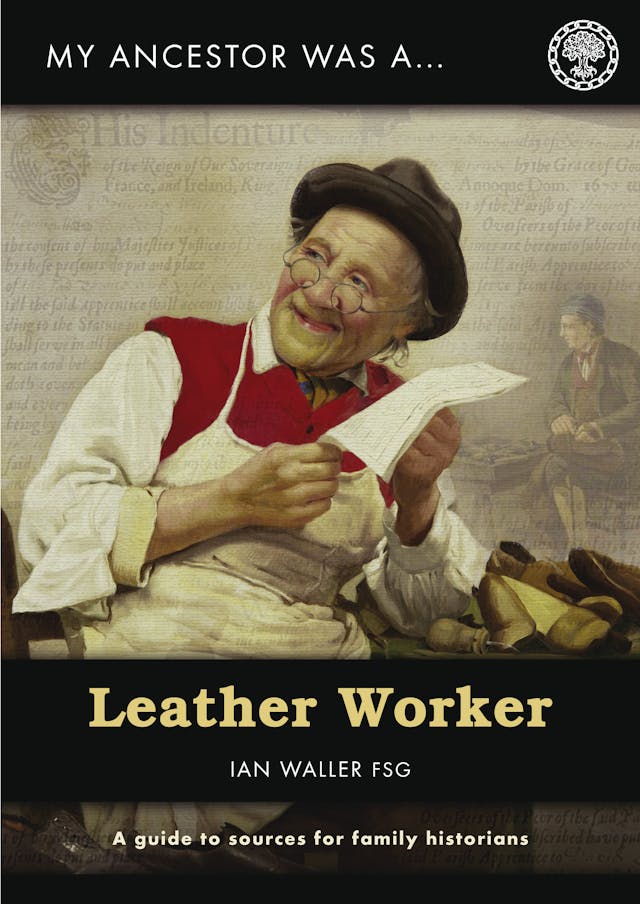
My Ancestor was a Leather Worker
This book examines the history, processes, working conditions and records available for researching the various trades and occupations associated with leather work. The leather trade was at its height in the early to mid-1800s, and amongst our ancestors, we will invariably find leather tanners, curriers, merchants, shoemakers, saddle and harness makers, even cricket ball makers and sporran makers. These trades and many more are covered in this comprehensive guide.
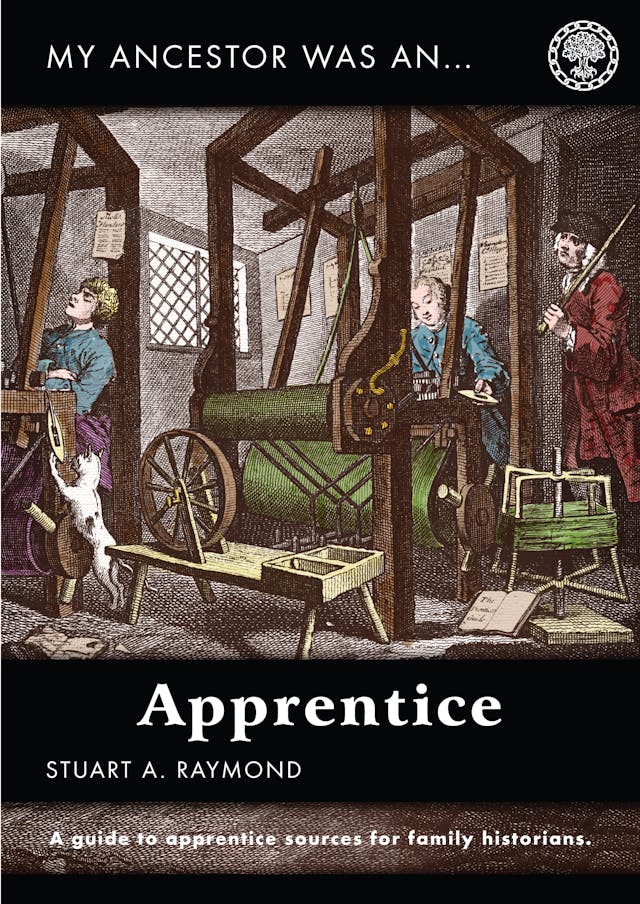
My Ancestor was an Apprentice
For anyone interested in discovering more about their apprentice ancestors, Stuart Raymond’s book is an essential starting point. The book describes the history of apprenticeship, explains the records that have survived and how to find them, and offers some strategies to adopt as you investigate. With a simple, but comprehensive style,the book covers apprentice indentures, poll books, freeman registers, wills and newspapers.
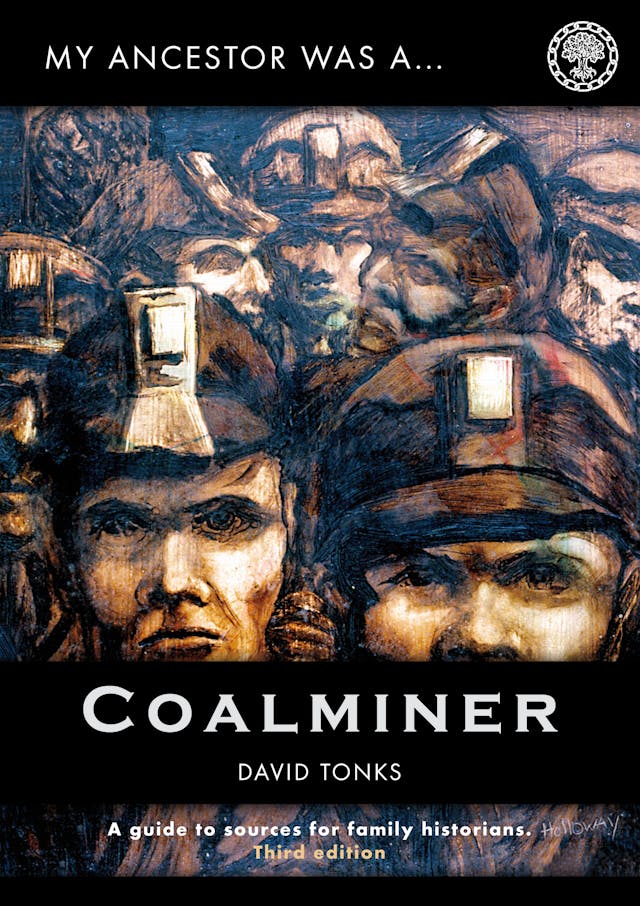
My Ancestor was a Coalminer
If your ancestor was a coalminer, male or female, at Bank or in The Thin Seam, Big Hewer or Bevin Boy, then this book will help you to understand the unique characteristics of the miner, whose work was indeed the hardest under heaven.
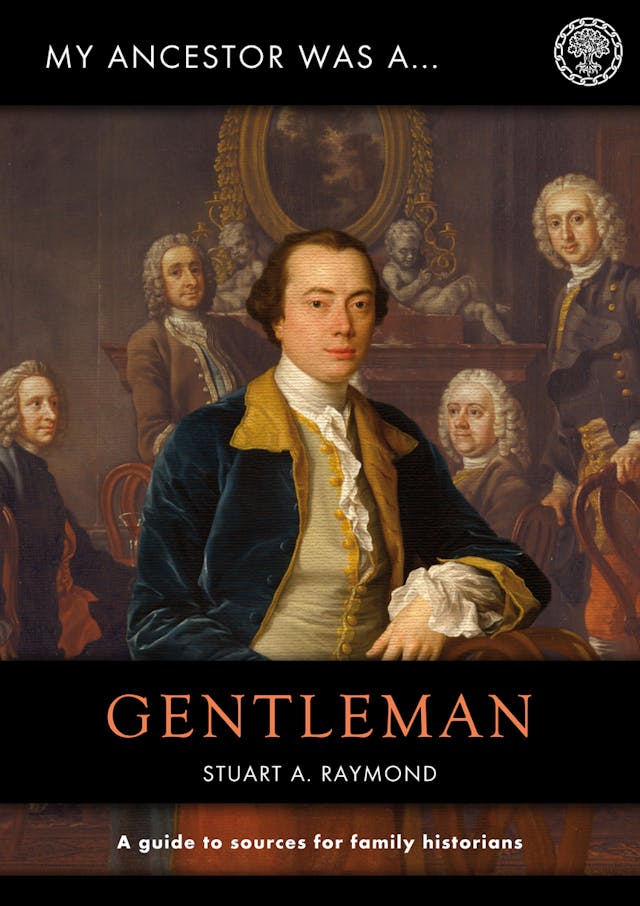
My Ancestor was a Gentleman
Between the 16th and 19th centuries, the term ‘gentlemen’ referred to the gentry who stood just below nobility in wealth and political power. In this book, Stuart Raymond examines the role that these men played in society, placing the English and Welsh landed gentry in their historical context. The book covers the sources available and various techniques that can be used to trace gentlemen.
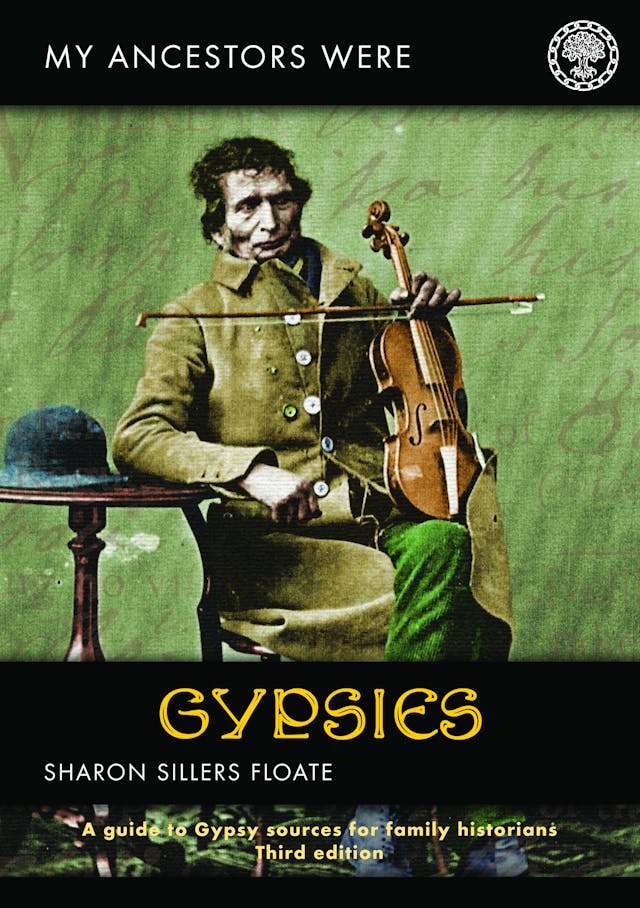
My Ancestors were Gypsies
There is a long standing belief in family history circles that if you discover you have gypsy ancestry you may as well abandon your search at once. This book by Sharon Sillers Floate, who has been specialising in the subject since 1992, suggests otherwise.
Sharon provides readers with an invaluable, easy-to-read guide to trace their gypsy ancestors.
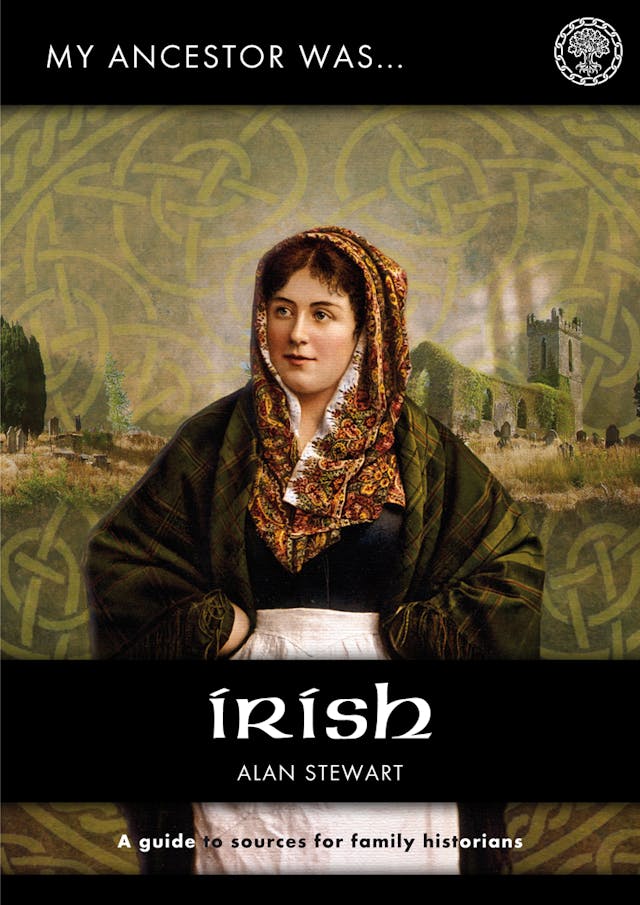
My Ancestor was Irish
A concise, straightforward guide to help you start to trace your Irish ancestry. Alan Stewart’s book is not only for people who live in Ireland but also for anyone living in other countries. The challenges of Irish research are well known but many records and sources do exist. Alan aims to guide you through the pitfalls and problems, while offering plenty of advice and tips along the way.
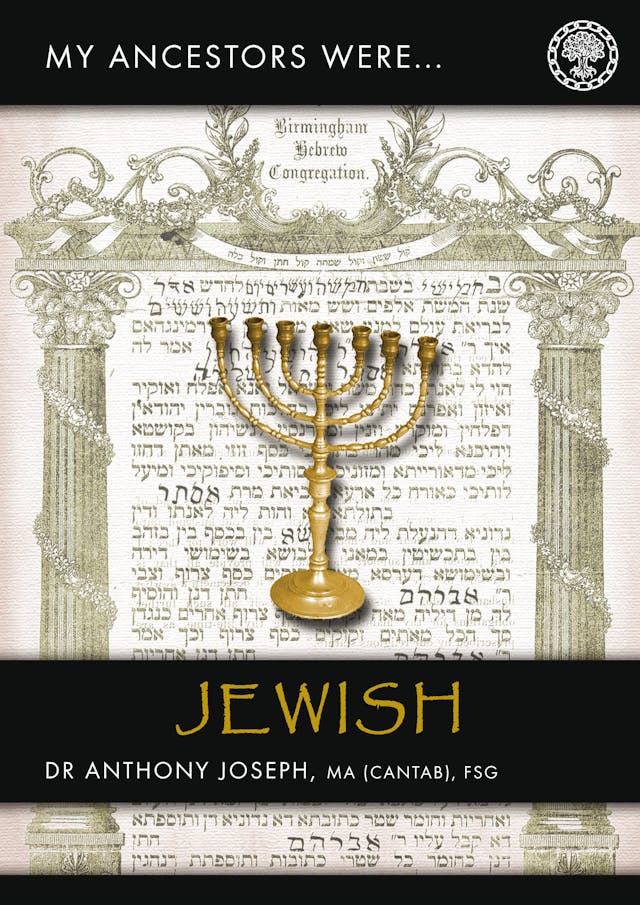
My Ancestors were Jewish
This comprehensive guide to tracing Jewish ancestors in the UK also includes a chapter on researching Jewish ancestry abroad. Dr Joseph gives many in-depth, detailed pointers and advice on the best avenues to research your Jewish ancestors. Chapters cover births, deaths, burials, marriages, censuses, naturalization and communities. A final chapter aims to help you researching your Jewish ancestors who migrated from Britain to other countries.
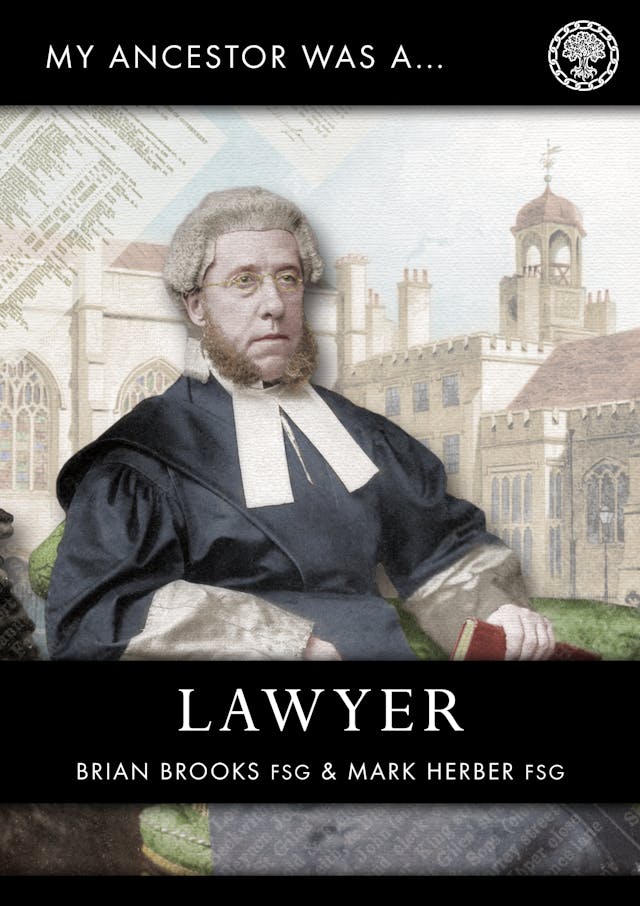
My Ancestor was a Lawyer
My Ancestor was a Lawyer gives an overview of the legal profession in England and Wales and its records. Chapters include lawyers and their societies, institutions and records, published records of lawyers, records of the courts and much more. There is also a section on lawyers in Scotland, Ireland and English lawyers overseas.
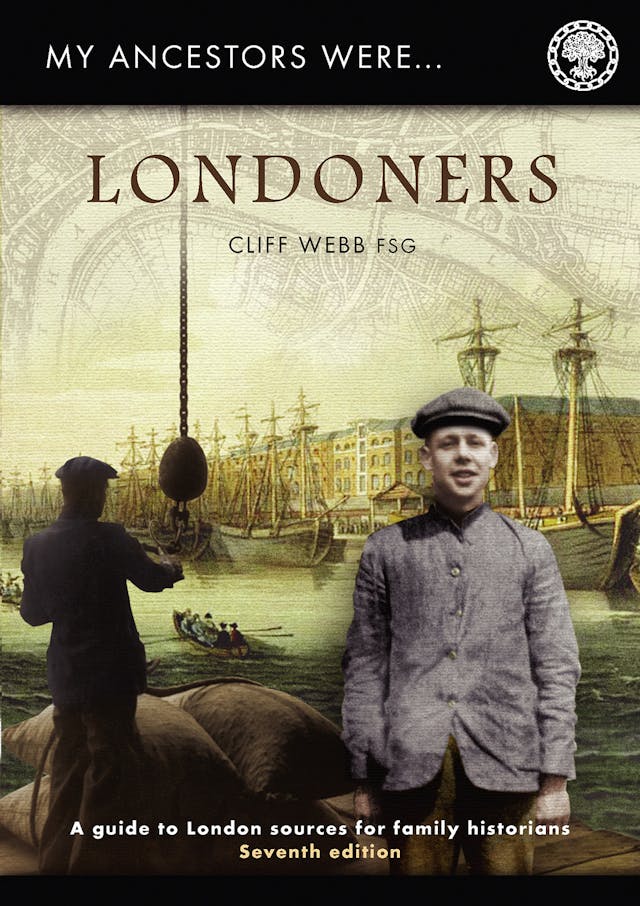
My Ancestors were Londoners
One-sixth of the population of England and Wales live in the London area, and a high proportion of the population has always lived in London. Most genealogists, therefore, will have, sooner or later, to tackle the tracing of London ancestry. However, tracing London ancestors is not impossible, and relies on much of the same techniques used elsewhere, although with different emphases. The purpose of this booklet is to review these techniques in the specific circumstances of London.
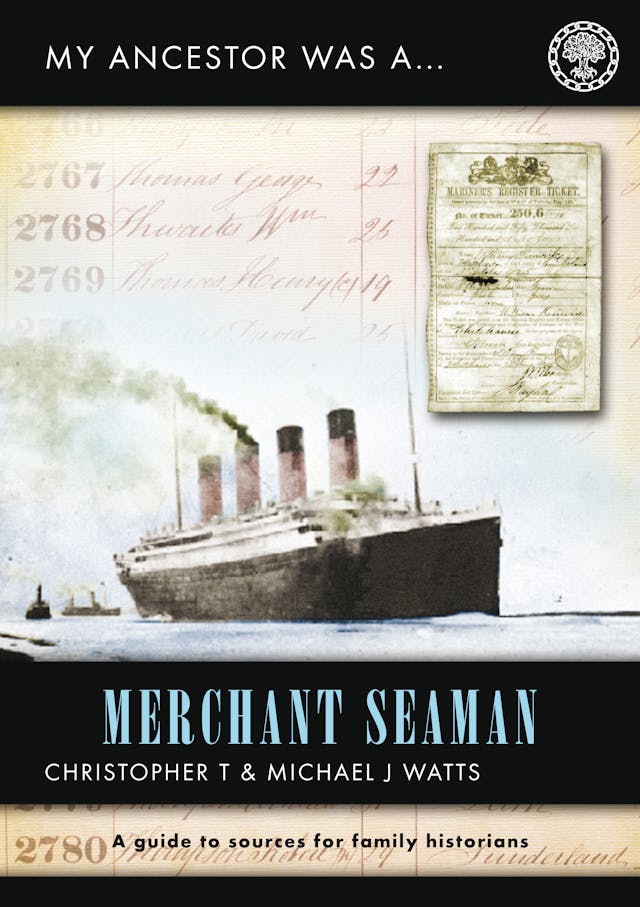
My Ancestor was a Merchant Seaman
During the British Empire, ships provided an essential form of transport and communication between Britain and its colonies. This book covers records such as taxation on imports and exports, the pursuit and settlement of disputes in the law courts, and the registration of ships.
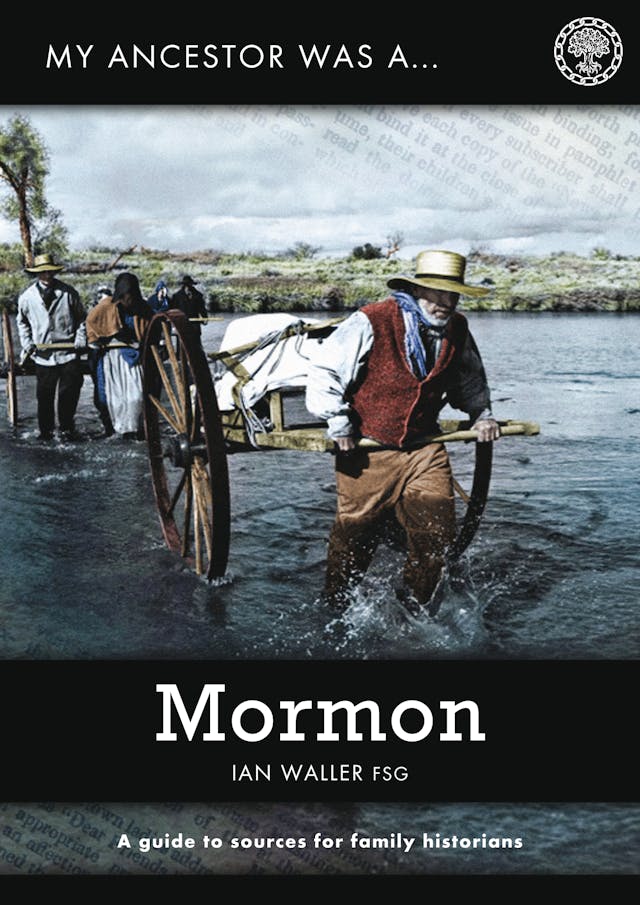
My Ancestor was a Mormon
Most of the early Mormon pioneers who emigrated to the USA were of British origin and this books seeks to guide researchers in finding Mormon ancestors in the UK and Europe. As well as an overview of the history and growth of the LDS church, the book contains a comprehensive guide to Mormon records in both Britain and The United States.
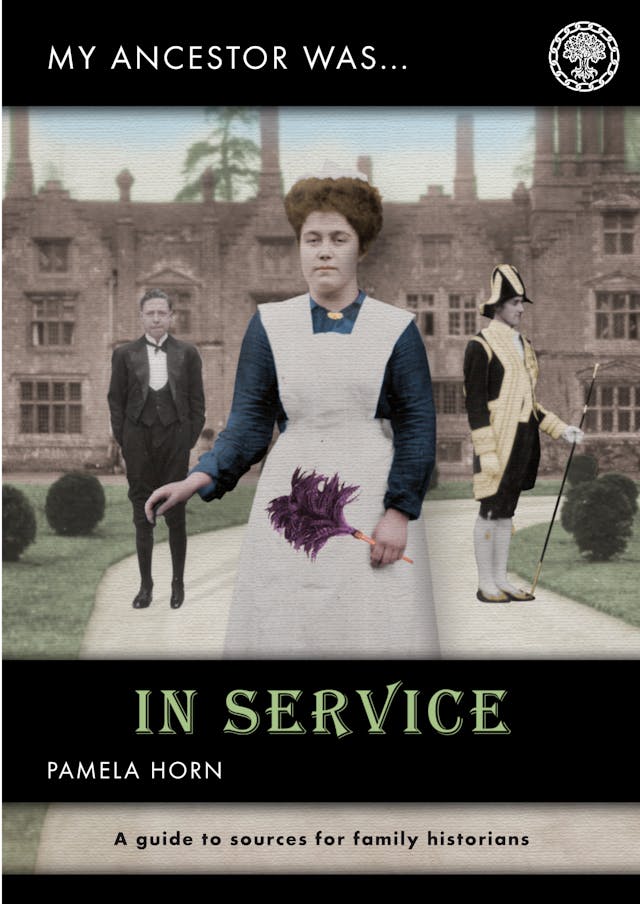
My Ancestor Was In Service
Chapters include an introduction to service from the late 19th to the early 20th centuries, the people who went into service, the jobs they did, and what their lives were like. Throughout, Pamela Horn provides the context and the social and political backdrop to this period. It enables the reader to walk in their ancestor’s shoes, describing their daily routines exquisitely.
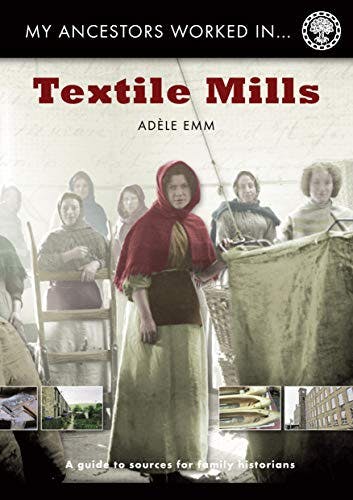
My Ancestors Worked in Textile Mills
Many people headed north in search of work in the textile industry, which was prominent in Yorkshire, Lancashire, Cheshire and Lanarkshire in Scotland. Although the subject is vast, Adele writes clearly and with unwavering enthusiasm about everything: types of jobs, types of mills, living conditions, mill finance, canals, technical progress, apprentices, health, sanitation and working conditions.
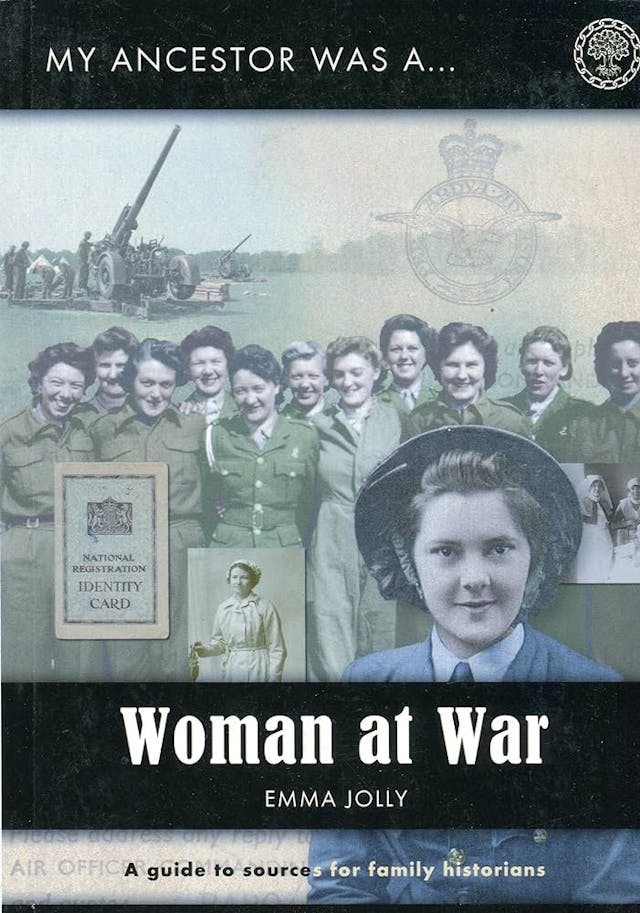
My Ancestor was a Woman at War
Women did a lot more in wars than we popularly assume. Emma explores the range of roles that women took during wartime. Chapters cover women working in the medical professions, women working in munitions, women serving in the Navy and the Air Force, and women in intelligence. Emma also encourages wider research into the role of women at war, with a particular emphasis on the Victorian era and the First and Second World Wars.

My Ancestor was Scottish
A comprehensive and indispensable guide to tracing Scottish ancestry. Alan Stewart’s book can help you get to grips with the differences and nuances of researching genealogy in Scotland, from civil registration and census returns, to parish registers, wills and testaments, tax and valuation records, services of heirs and legal records.
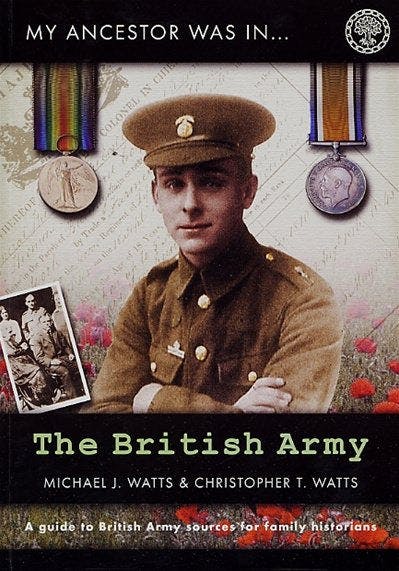
My Ancestor was in the British Army
The authors provide details about the large number of records relating to the millions of British soldiers who have served their country. Many records offer surprising and plentiful details about the soldiers allowing you to follow a fascinating thread through British history.
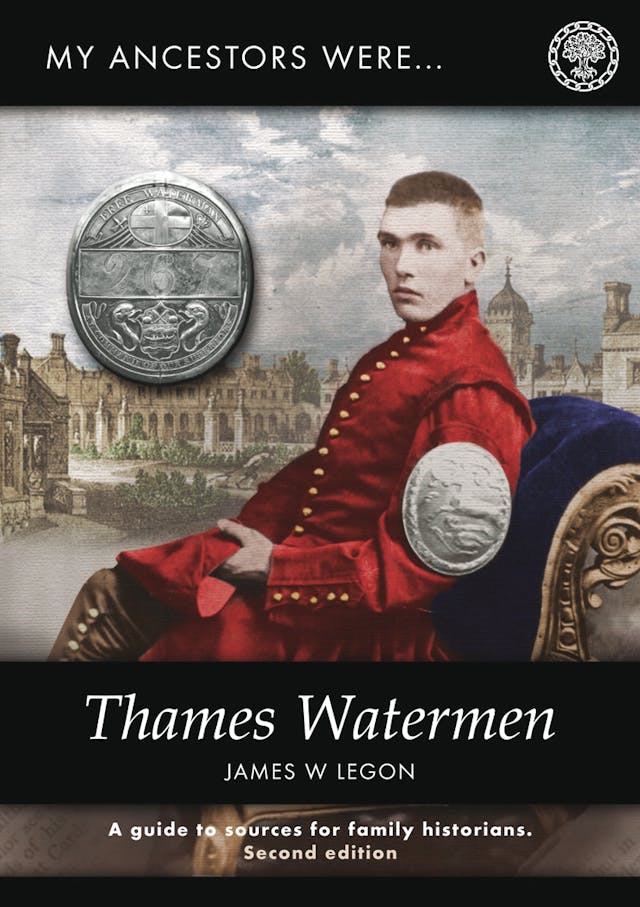
My Ancestors were Thames Watermen
A family historian’s guide to ancestors who worked as Thames Watermen or Lightermen in the City of London. James Legon describes in detail the typical working lives of those who toiled on the Thames, from the 16th century to the present day. He includes a thorough history of the Company of Watermen and the so-called ‘Dock Age’.
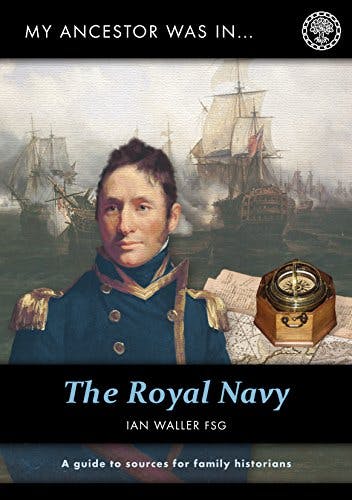
My Ancestor was in the Royal Navy
This book covers all the people who joined the Navy: commissioned officers, warrant officers and ratings. To help you identify your ancestor’s rank and ships, there are guides to uniforms and insignia, divisions and branches, pensions, dockyards, casualties, courts martial and tribunals.
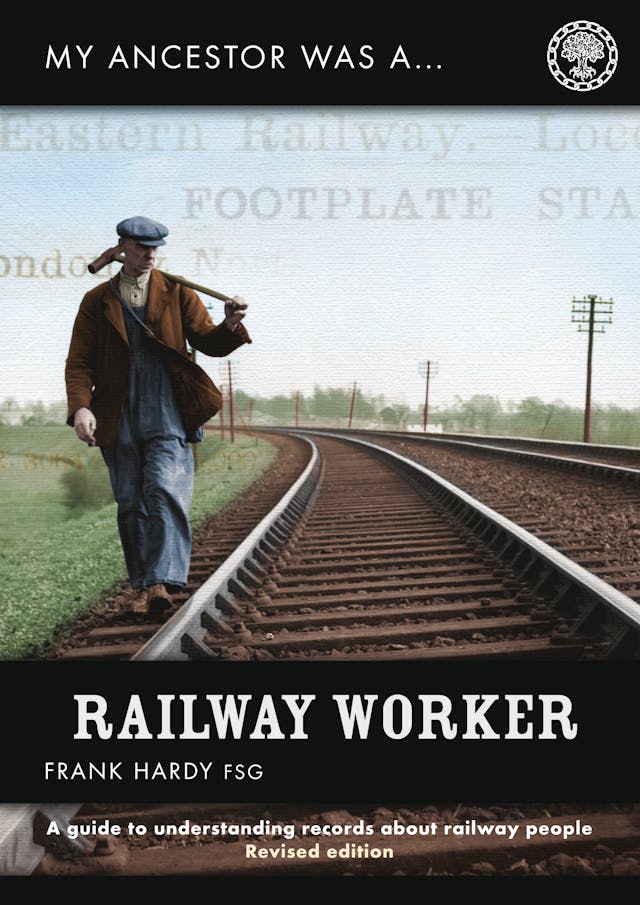
My Ancestor was a Railway Worker
A complete guide to finding the railway workers on your family tree. Frank Hardy writes with passion for the railways, as a professional railway civil engineer from 1959 to 2009, and as a genealogist. The period covered is from the start of the railways to 1948.

My Ancestor Worked in the Theatre
For anyone who has ancestors who worked in theatres, Alan Ruston aims to set the family historian on their way by providing a guide to the record sources. This book covers those performing arts dependent on text, spoken or sung, on stage. It includes theatres, music halls, pantomimes, variety shows and vaudeville.
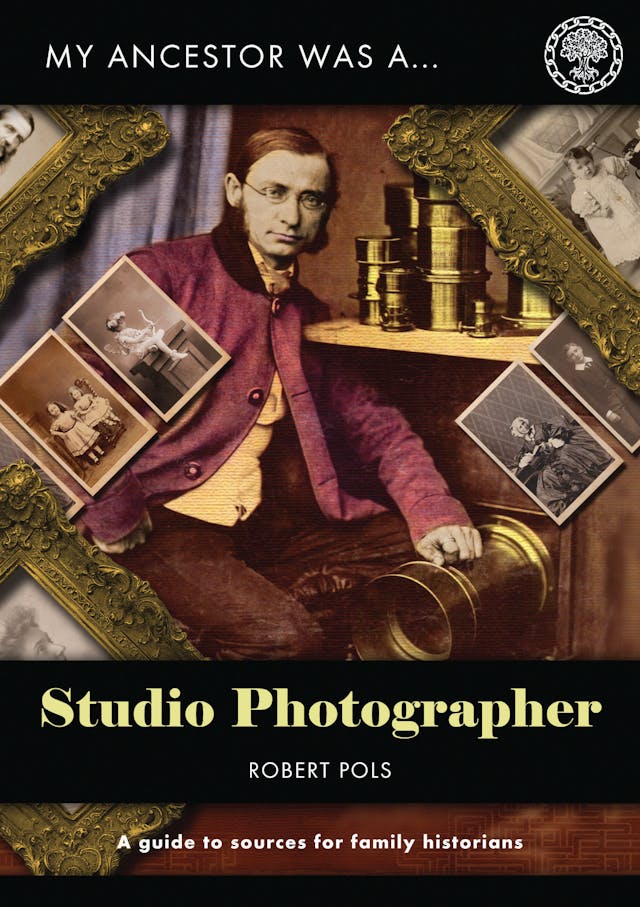
My Ancestor was a Studio Photographer
Photography was one of the wonders of the Victorian age. Its practitioners held a mirror for the age to see itself. Robert Pols includes the many people who were photographers: artists, scientists, entrepreneurs, shopkeepers, conmen and visionaries. He writes with clarity and passion, leaving no avenue left unexplored.
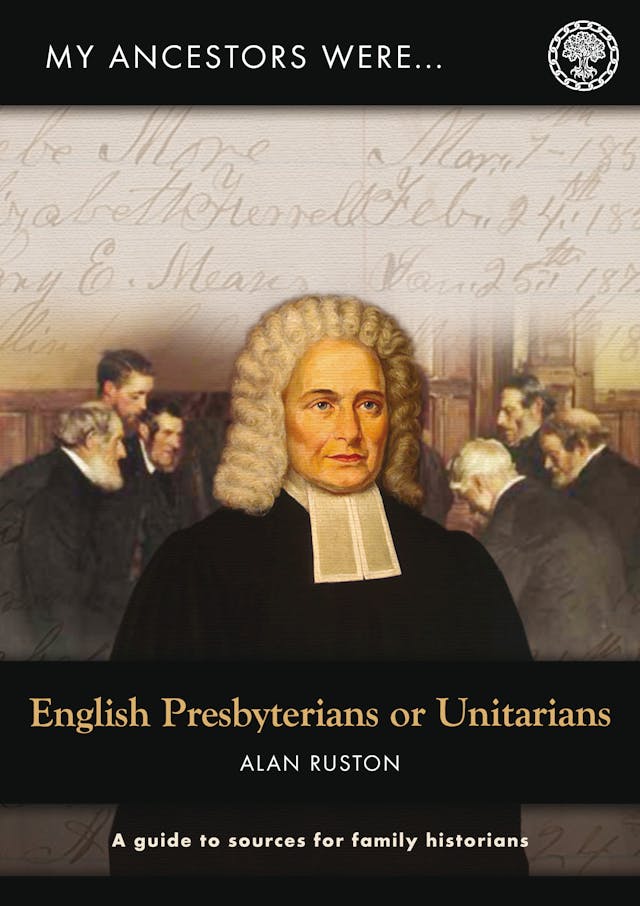
My Ancestors were English Presbyterians or Unitarians
Alan Ruston gives us a comprehensive guide to researching these two religious denominations. Beginning with a history of Presbyterians and Unitarians in England, the book then provides a list of locations for the family historian to use. Locations include England, Scotland, Wales, the Isle of Man and Ireland.
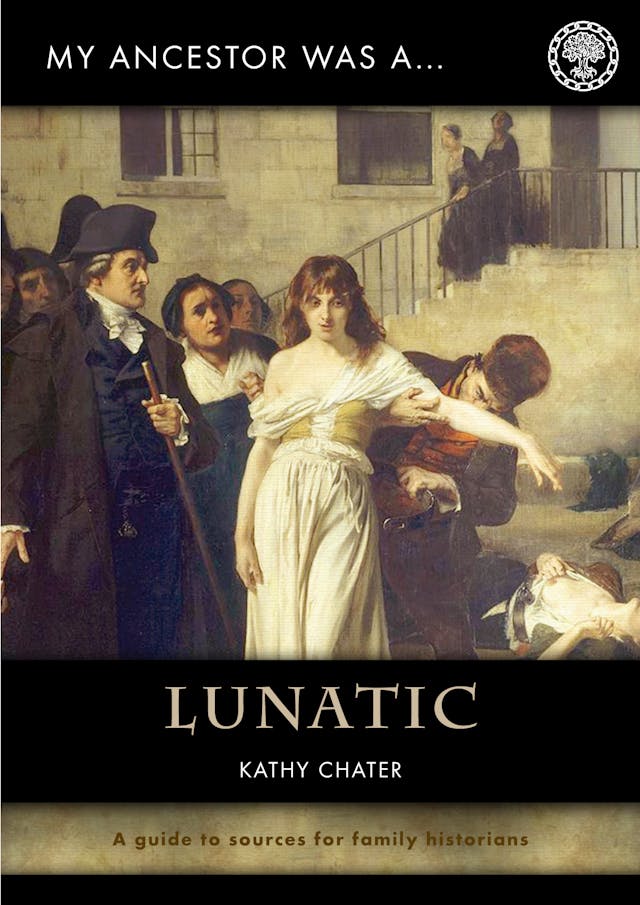
My Ancestor was a Lunatic
Often using the terminology of the times, Kathy Chater describes the history of how we have approached mental health conditions, from medieval times to the present day. Her aim is to help you find surviving medical records. Also included is a chapter on how to find out more about your ancestors who cared for and treated people with mental health conditions
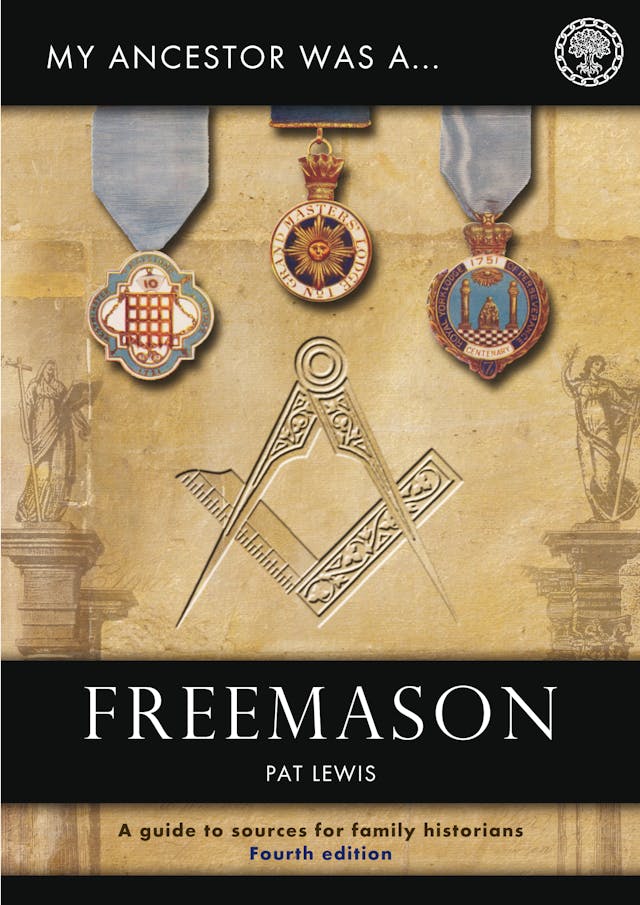
My Ancestor was a Freemason
Pat Lewis provides a brief history of Freemasonry in England and Wales and explains how to find the records of Freemason ancestors. Chapters include Freemasonry publications, female Freemasons, lodges, prisoners of war and record repositories.
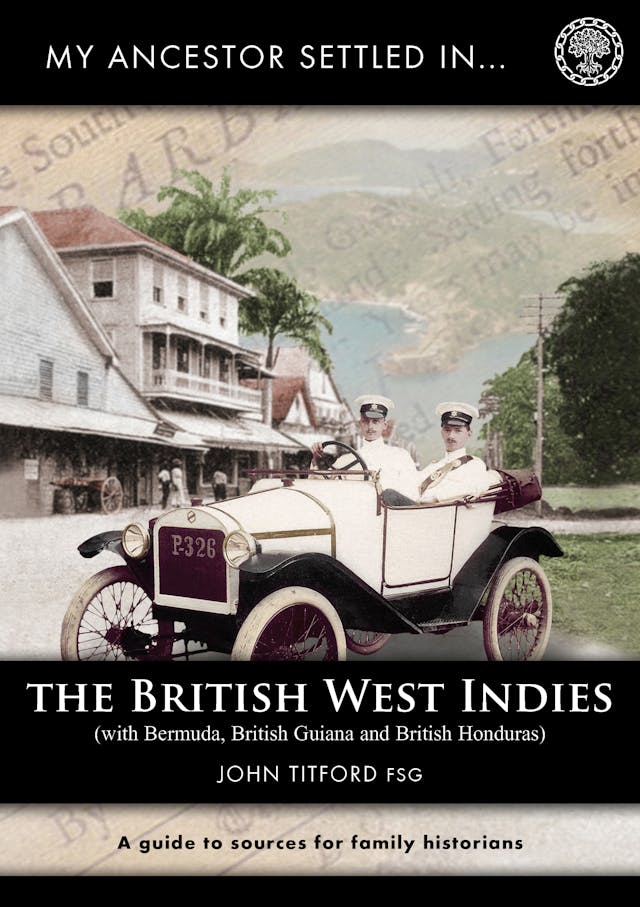
My Ancestor Settled British West Indies
For family historians who have ancestors who migrated from Britain to the area once known as the British West Indies. John Titford’s guide aims to help you to find and use the records held in Britain and those held in the territories themselves.
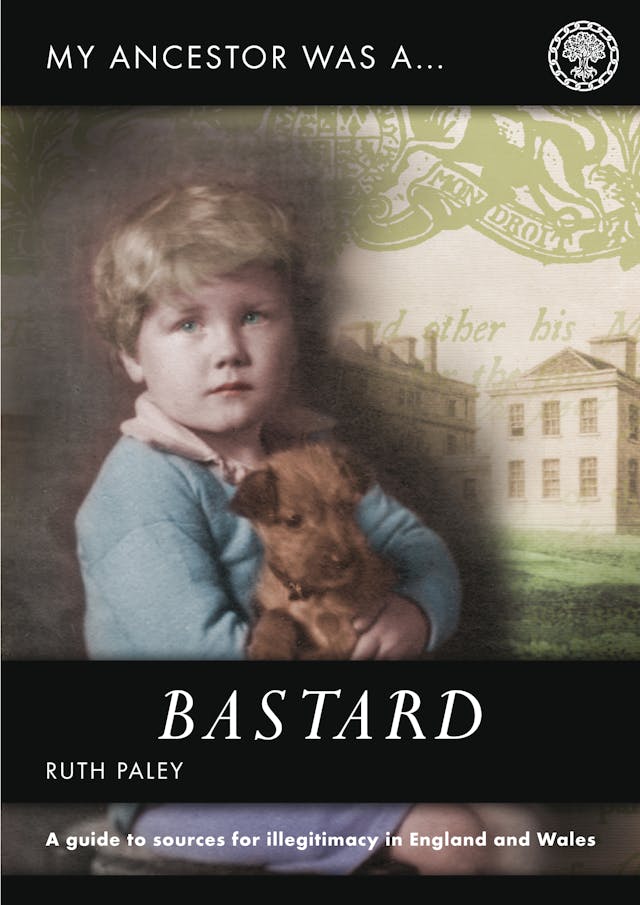
My Ancestor was a Bastard
Ruth Paley introduces family historians to the world of the unmarried mother and her child. Unless you are very lucky indeed, tracing information about illegitimate ancestors in England and Wales is never straightforward. It may in the end prove to be impossible. This book helps you to understand the economic, cultural and legal boundaries that shaped illegitimacy so that you can make educated guesses about the searches that are most likely to get results.
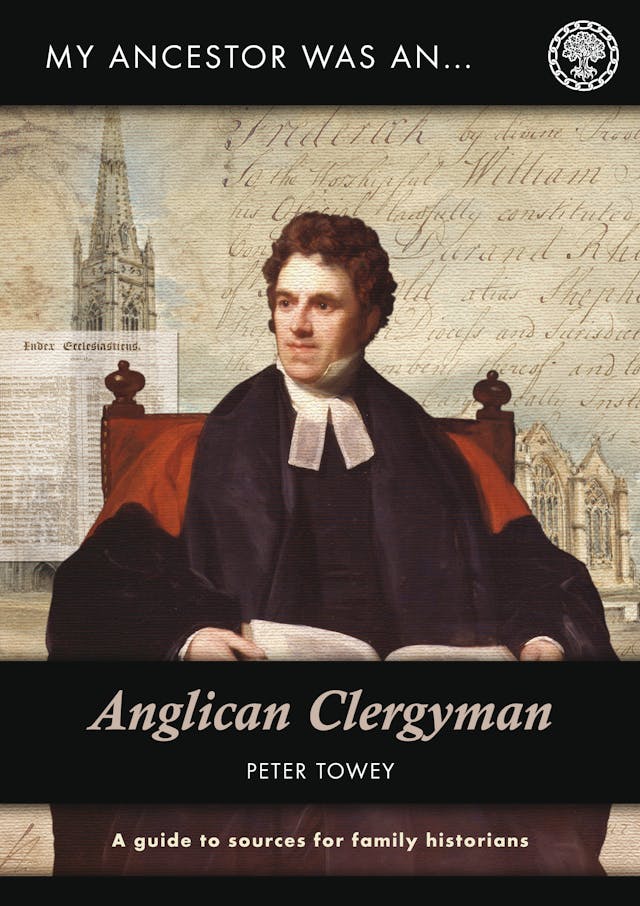
My Ancestor was an Anglican Clergyman
My Ancestor was an Anglican Clergyman by Peter Towey is a very useful guide for anyone researching their clergymen ancestors. Topics discussed include published sources, sources from the English Civil War up to the nineteenth century, the structure and hierarchy of the church and the education and training of the clergy.
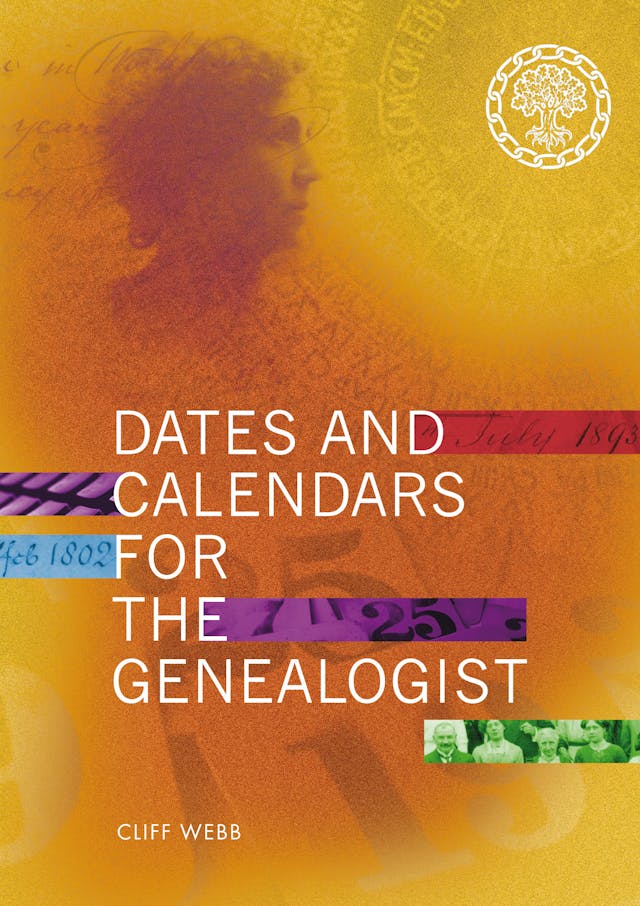
Dates & Calendars for the Genealogist
This valuable guide contains plenty of tables and charts, allowing the genealogist to work out times and dates.
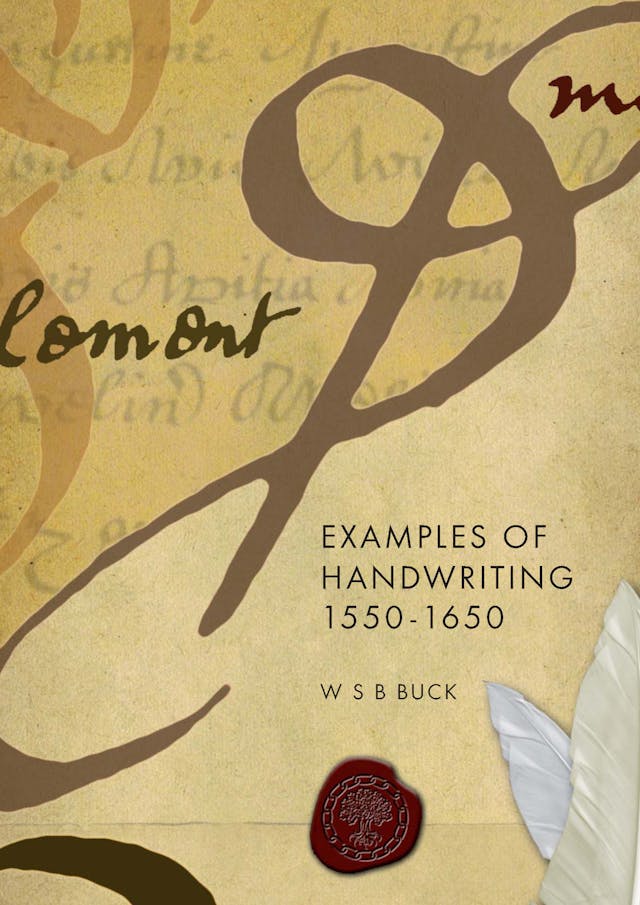
Examples of Handwriting 1550-1650
The author of the book, W S B Buck, also takes into variations in both spelling and the formation of individual letters, thus forming an important source of reference. For those wishing to decipher old parish records, or gain a broader understanding of archaic handwriting practices, this book is an essential tool.
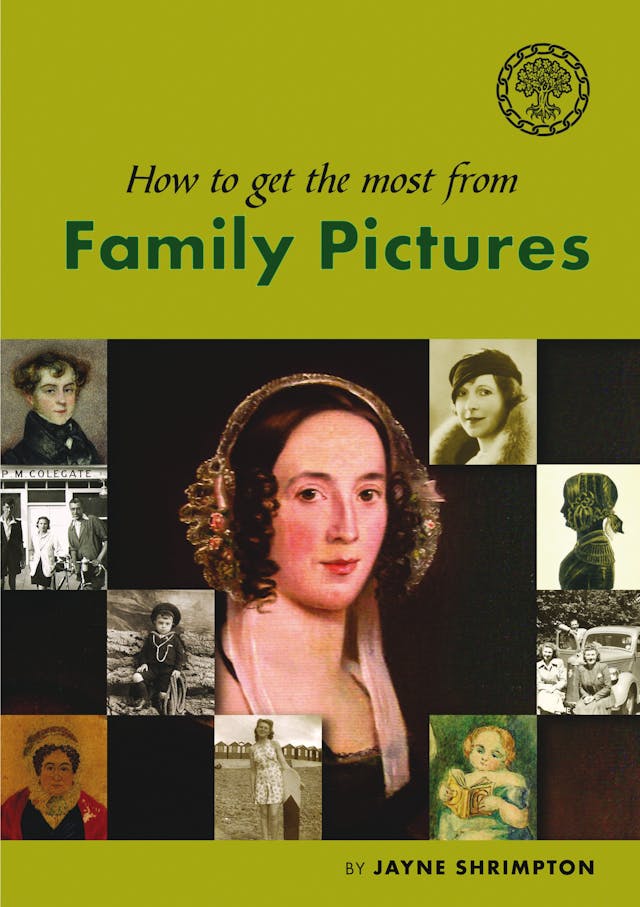
How to Get the Most from Family Pictures
This is the first book to cover inherited artworks - paintings and drawings- silhouettes and photographs, spanning the late 18th to mid 20th centuries. The author is a professional dress historian, with over 20 years experience of dating and analysing family pictures.
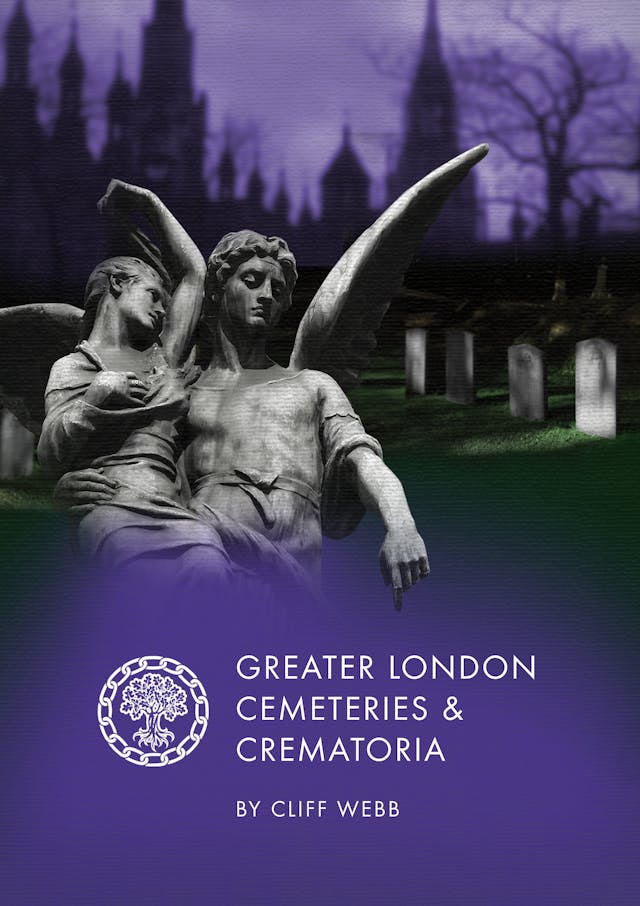
Greater London Cemeteries & Crematoria
During the 1950s burials in inner London were discontinued, at various dates, and the local parishes involved stopped maintaining parish burial registers. The burials moved from inner London out to other areas of Greater London. Non-denominational cemeteries were used, owned by commercial companies or local government bodies.
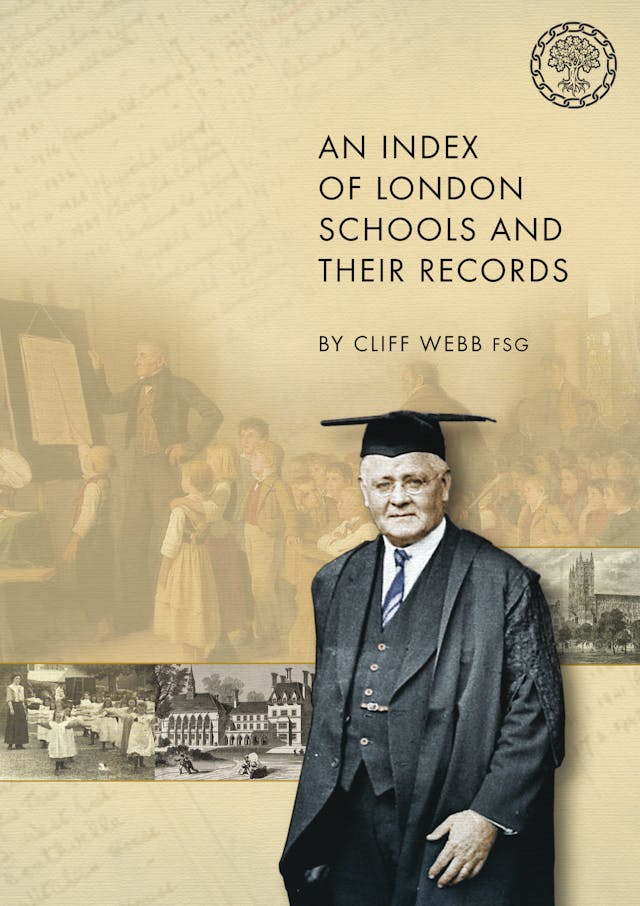
An Index of London Schools & their Records
An updated version of this publication, listing London Schools, their addresses, dates of foundation, where & what period their records cover plus London maps. There is also a list of repositories which hold London School records, along with their addresses.
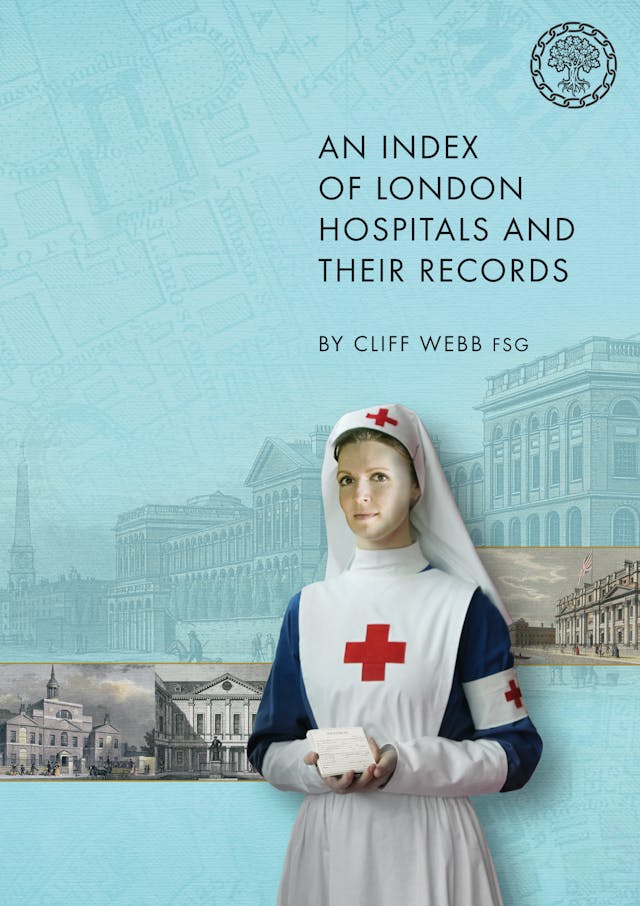
An Index of London Hospitals and their Records
An alphabetical index of London hospitals and their records. This book includes information on hospitals both past and present and lists the type of records available and where to find them. There also is a very useful section listing hospitals by postal district.